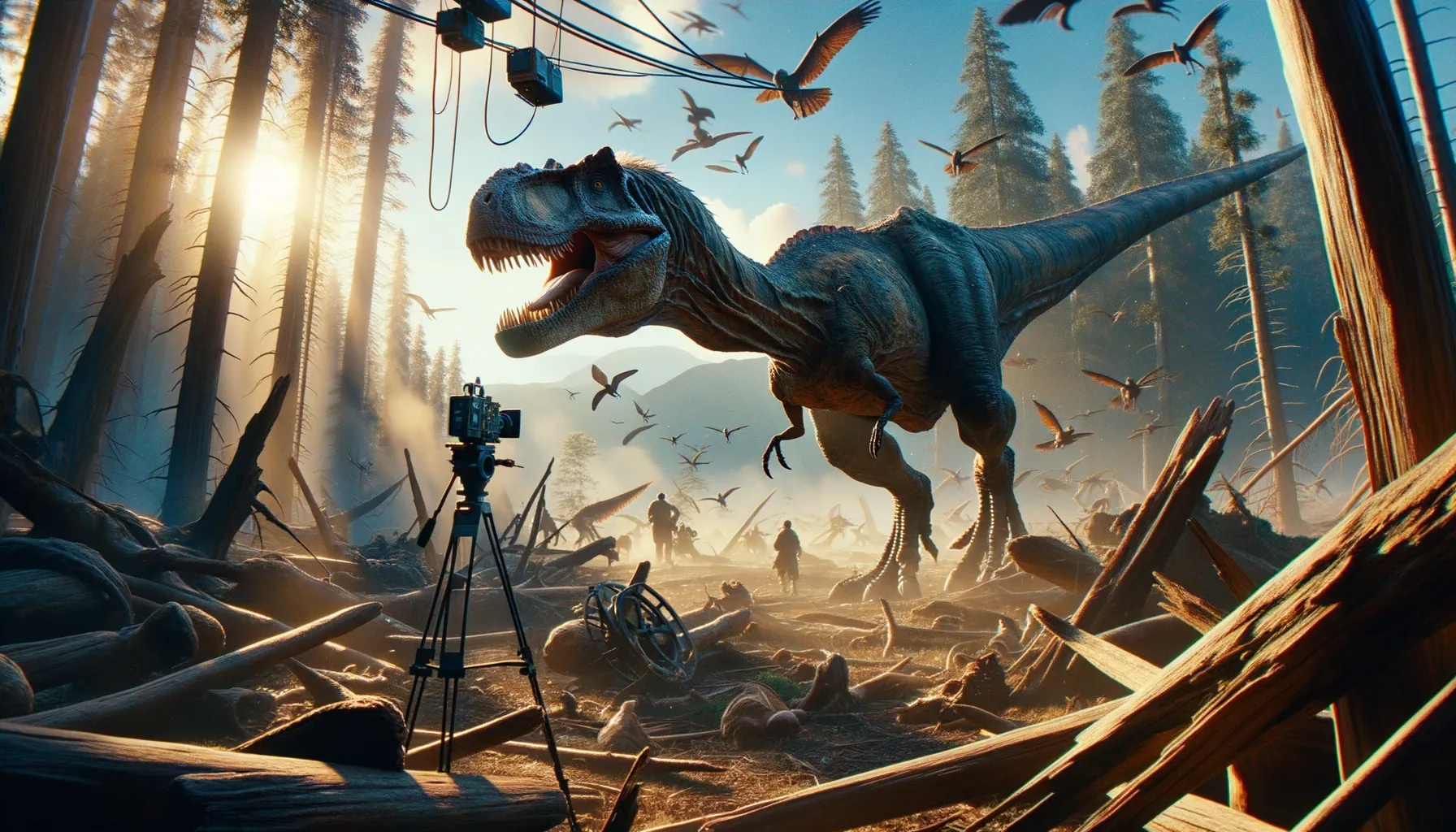
Chienkosaurus
An enigmatic predator from ancient China.
Period
Jurassic
Length
Estimated to be around 5 meters long.
Height
Unknown.
Weight
Unknown.
Chienkosaurus, known from fragmentary remains, was a theropod dinosaur believed to have lived during the Late Jurassic period. Its fossils were discovered in China, contributing to the understanding of theropod diversity in Asia. Although much about its biology and lifestyle remains uncertain, Chienkosaurus adds to the complex picture of dinosaur evolution in the region.
Diet
Due to its classification as a theropod, Chienkosaurus was likely carnivorous. Theropods typically fed on smaller animals and possibly carrion.
Hunting
As a predatory dinosaur, it likely relied on stealth and muscle to capture prey. Its hunting methods remain speculative due to limited fossil evidence.
Environmental challenges
Chienkosaurus would have faced competition from other theropods for prey. Environmental changes during the Jurassic could have affected food availability. Predatory dinosaurs had to adapt to diverse Jurassic ecosystems, which were dynamic and sometimes harsh.
Speed
Unknown.
Lifespan
Unknown.
First discovery
First described by Hu in 1964, based on fossil remains.
Fun Facts
- Chienkosaurus is an informal name and not a scientifically recognized dinosaur genus.
- The name Chienkosaurus was coined in the early 20th century but is considered a 'nomen dubium,' meaning its classification is uncertain.
- Fossils attributed to Chienkosaurus were reportedly found in China, although they are poorly documented.
- Since Chienkosaurus lacks distinctive characteristics, it's challenging for paleontologists to determine its true place in the dinosaur family tree.
- Some believe that Chienkosaurus may have been a theropod, a group of bipedal carnivorous dinosaurs.
- Despite its unclear status, Chienkosaurus highlights the complexities and ongoing debates in paleontology.
- The lack of clear evidence makes Chienkosaurus an intriguing mystery for dinosaur enthusiasts.
Growth and Development
Specific details about its growth and development are unknown. However, like many theropods, it probably experienced rapid growth during juvenile stages. Studies of related species suggest a pattern of fast growth to reach maturity.
Habitat
This dinosaur lived in what is now China, an area that likely featured a mix of forested regions and open landscapes. The environment would have had seasonal variations which could affect resources. Fossil evidence indicates a habitat shared with a variety of dinosaurs and other ancient creatures.
Interaction with other species
Chienkosaurus likely interacted with a range of herbivorous dinosaurs, competing with other theropods. Fossil sites indicate a diverse ecosystem with complex food webs. Its role as a predator would have influenced species dynamics within its habitat.
Natural lifespan
Without specific evidence, its natural lifespan remains speculative.
Reproduction
Like other theropods, Chienkosaurus probably laid eggs. Nesting behaviors are unknown but comparisons can be made with better-studied relatives.
Social behaviour
Social behavior is uncertain; it may have been solitary or lived in small groups. Comparison with other theropods suggests potential territoriality.
Fossil locations
Fossils were primarily located in the Shandong province, China. The remains include partial skeletons, providing limited but valuable information. These discoveries contribute to an understanding of Jurassic theropods in Asia.
